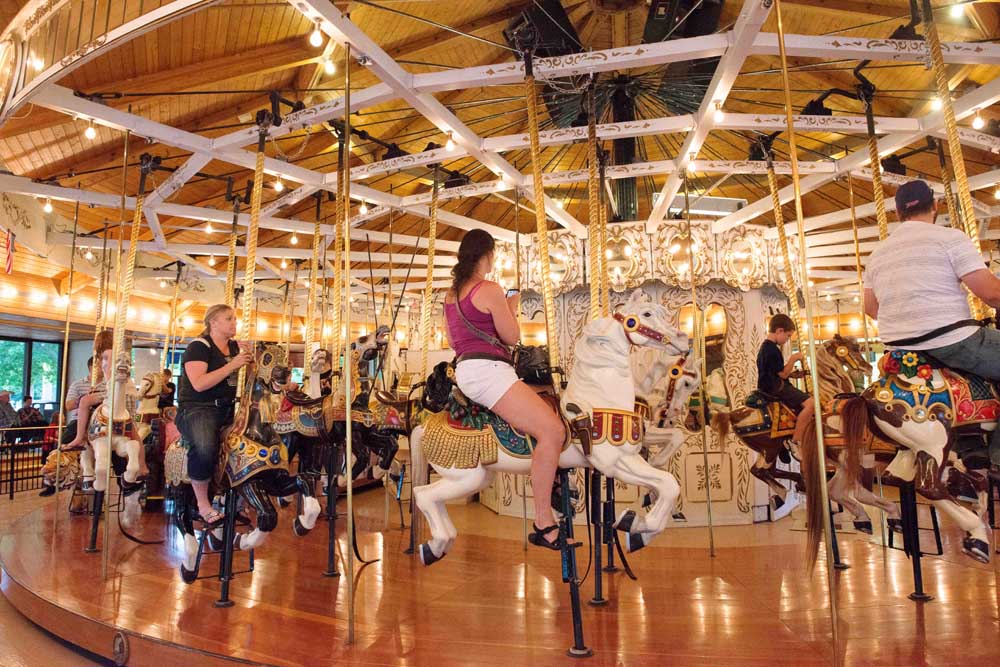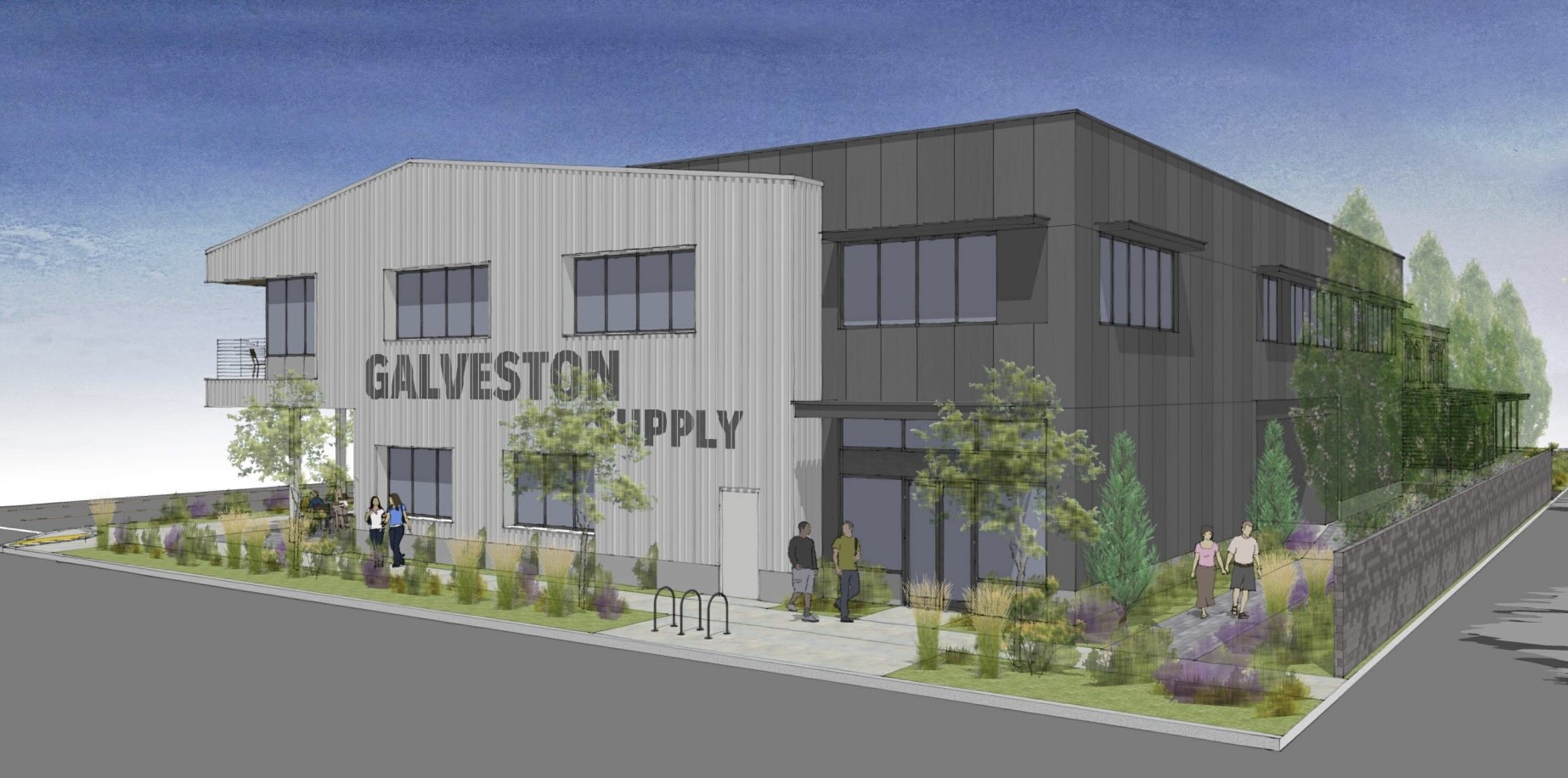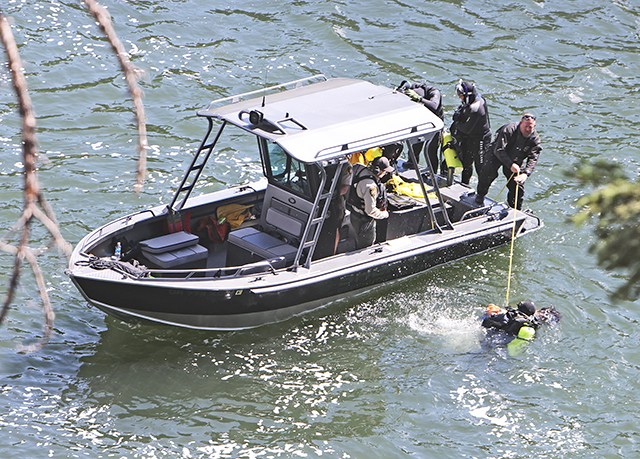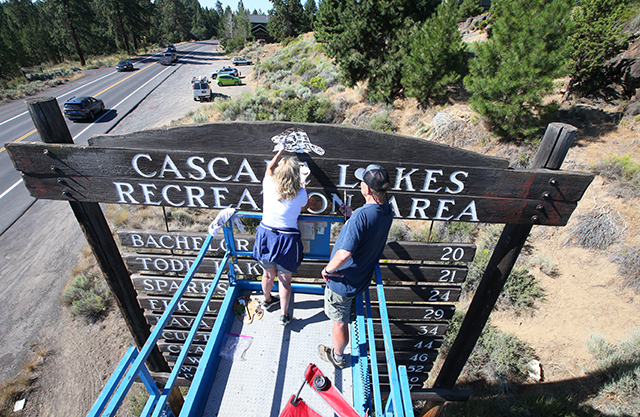Spokane has easy-to-like vibe
Published 12:00 am Sunday, June 1, 2014

- Barb Gonzalez / For The BulletinRiders of all ages enjoy an original 1909 Looff Carousel, restored for Expo ’74 and now a major attraction of Riverfront Park. The 1974 world’s fair attracted more than 5 million visitors and helped to stimulate the economy of the Spokane region.
SPOKANE, Wash. — Forty years ago, this unassuming working-class city hosted a world’s fair. More than 5 million people attended.
No city as small as Spokane had ever attempted such a thing. Staged from May to November 1974 on two tiny Spokane River islands and the adjacent south riverbank, Expo ’74 was the first world’s fair to carry an environmental theme.
Trending
As a business venture, the fair was a qualified success: It nearly made a profit. More importantly, it pumped $150 million into the economy of the city and surrounding Inland Empire region, and it transformed the urban core of the city of 170,000 (it has since grown to 210,000), giving it a new convention facility, a performing arts center, an IMAX theater, an amphitheater and its iconic 100-acre Riverfront Park.
{%TravSpokane-p01 060114%}
Today, Spokane is a pleasant place to visit, a big country town with an easy-to-like vibe. Spread across rolling hills near Washington’s border with the Idaho panhandle, it is home to two well-respected small universities (Gonzaga and Whitworth), it boasts provocative early-20th-century architecture, quirky neighborhoods and a growing number of cutting-edge restaurants and hotels, along with its well-kept parklands.
Expo’s legacy
The historic heart of Riverfront Park is the Great Northern Railway clock tower, 155 feet tall and 9 feet across on each of its faces.
{%TravSpokane-p02 060114%}
Trending
It is the last remnant of a vast train station, once considered the finest depot west of Chicago, that served the inland Northwest from 1902 into the late 1960s. The rail yards were removed to make way for the fair, and the tracks relocated a half-mile south.
Still standing from Expo ’74 is the steel-cable framework of the $11.5 million U.S. Pavilion, containing a winter ice rink and an IMAX theater (in the same location where IMAX films were first introduced to the world). Nearby is an original Looff Carousel, built beside the Spokane River in 1909 and restored for the world’s fair.
{%TravSpokane-p03 060114%}
There are numerous outdoor sculptures in the park. Of note near the south bank of the river are “The Childhood Express,” a giant red wagon (by Ken Spiering) that doubles as a playground slide; and “The Joy of Running Together,” David Govedare’s homage to the annual Bloomsday Run, a 7.5-mile event that draws thousands of participants in early May.
{%TravSpokane-p04 060114%}
Riverfront Park is scheduled for a facelift, perhaps beginning as soon as next year. In the meantime, a permanent plaque commemorates Expo ’74 on tiny Canada Island, still accessible only by foot. A colorful totem pole stands beside the flags of the United States and Canada, which by order of city government fly side by side in perpetuity.
The scenic highlight, however, is Spokane Falls. This series of cascades — a 30-foot upper falls and a 60-foot lower falls divided by the Canada Island rapids — can be a spectacular sight, especially in spring, when snowmelt from the Lake Coeur d’Alene area keeps its hydroelectric powerhouses working overtime.
{%TravSpokane-p06 060114%}
A gondola, the Spokane Falls SkyRide, was built for Expo ’74, and it remains a tourist attraction. (The cars were replaced in 2005.) Beginning in the southwest corner of Riverfront Park, the colorful cabs descend 200 feet in one-half mile and return, a round-trip that takes about 15 minutes. The overview of the voluminous lower falls, accompanied by an almost deafening roar, is the sort of thing that remains in one’s memory long after a visit.
{%TravSpokane-p05 060114%}
Newly opened Huntington Park descends to the foot of these falls below City Hall Plaza, and across Post Street from Riverfront Park. Developed this year by the Avista Corp., Spokane’s utilities company (it built the first dam here in 1890), it is a place where visitors can feel the power of the water through the spray from the falls. The staircase is connected to Spokane’s City Hall by a new public space for music and other community events.
Connecting these diverse elements, and many more, is the 37-mile Centennial Trail, which follows the Spokane River west from the Idaho border, at Post Falls, through Spokane and Riverside State Park to Washington state Highway 291. Paved for use by runners and bicyclists, it was completed in 1990. From the state line, it continues another 24 miles east along the shore of Lake Coeur d’Alene.
A little history
Spokane’s first residents were the Spokane Indians, a Salish-speaking tribe (the name “Spokane” means “sun people”). They fished for salmon beside the great falls, which also served as a trade center for the Colville, Coeur d’Alene and other tribes of the region.
Canadian fur trappers, hungry for beaver pelts, built a trading post on the Spokane River in 1810; it remained a key center until 1826, when operations shifted west. Another 45 years passed before the site of modern Spokane was homesteaded — but within a decade thereafter, in 1881, the arrival of the Northern Pacific Railway led to its incorporation as a city of 1,000.
The population was nearly 20,000 when a great fire laid waste to 32 square blocks of downtown in 1889. But that seemed to merely spur further growth. Rebuilding the city with granite and brick, a Dutch investment firm held one-fourth of Spokane real estate by 1893 and continued to contribute to the city’s growth well into the 20th century. And by 1910, more than 100,000 people lived in Spokane.
Thanks to the railroad, the city grew as a transportation hub. Four separate transcontinental railroads passed through its yards, and Spokane became the most important shipping center between the northern Rocky Mountains and the Cascade Range. It supported ranchers and farmers, lumbermen and especially the mining industry — silver, gold and lead produced prodigious wealth in Idaho’s Silver Valley in the 1880s and 1890s.
Spokane’s impressive urban architecture dates from this era. The red-brick Spokesman-Review building (999 W. Riverside Ave.), built in 1891 and home to the daily newspaper, dominates the west side of downtown. The five-story Hutton Building (9 S. Washington St.) was built by Silver Valley mining money.
{%TravSpokane-p07 060114%}
Steam Plant Square (815 W. Railroad Ave.), the city’s central heating plant from 1916 to 1986, was rehabilitated in 1999 with offices and a restaurant. Visitors can walk into one of its two massive smokestacks — reminiscent of the powerhouse building in Bend’s Old Mill District that is home to REI — and stare up to the sky.
Most memorable is the Davenport Hotel, built in 1914 by noted architect Kirtland Cutter. Closed in 1985 and abandoned, it was purchased in 2000 for $6.5 million by Spokane developers Walt and Karen Worthy, who injected another $30 million into renovation and reopened two years.
{%TravSpokane-p09 060114%}
Drop by for a visit and guide yourself through the Grand Lobby to the Isabella and Marie Antoinette Ballrooms and the exquisite, Italian-inspired Hall of the Doges, said to be the only “flying” ballroom in the world because of its buttresses.
Crosby and the arts
Just west of the Davenport, Spokane’s Arts District, home to dozens of galleries, creative bars and restaurants, has two Sprague Avenue theaters of particular note. One of them is the elegant Fox Theater, a 1931 art deco palace that reopened in late 2007 after a two-year, $31 million renovation. It’s now officially the Martin Woldson Theater at the Fox.
The other is named for Spokane’s favorite son: Hollywood entertainer Bing Crosby.
Harry Lillis “Bing” Crosby (1903-1977) was born across the state in Tacoma, but he moved with his family to Spokane when he was 3. At age 17, he enrolled at Gonzaga University, the Jesuit school today better known for its basketball team. He intended to become a lawyer but dropped out in his senior year to pursue a career in show business. Within two years, he was living in Los Angeles and recording with the likes of Hoagy Carmichael and Tommy and Jimmy Dorsey. The rest, as they say, is history.
Before he headed south to the bright lights, young Crosby often accompanied a singer on drums during show intermissions at a Neoclassical 1914 theater called The Metropolitan: “The Met.” Today, the restored playhouse has been named the Bing Crosby Theater in his honor.
{%TravSpokane-p11 060114%}
Crosby’s family home (502 E. Boone Ave.) was in the University District. Today it houses the Bing Crosby Memorabilia Room, the Gonzaga University collection of mementos from the artist’s long career, including the Best Actor Oscar he won in 1942 for “Going My Way” (he appeared in 76 feature films) and many of his gold and platinum records (including his 1941 recording of Irving Berlin’s “White Christmas,” the best-selling record of all time).
Crosby was awarded an honorary doctorate by the university in 1937, and his financial support helped to build the Bing Crosby Library two decades later.
Neighborhoods
On the other side of downtown Spokane, the Browne’s Addition neighborhood has been a registered National Historic District since 1978.
{%TravSpokane-p12 060114%}
Filled with graceful and fashionable turn-of-the-20th-century homes, its gentrification was hastened by the construction in 1960 of the Cheney Cowles Museum, renamed the Northwest Museum of Arts and Culture after a 2001 expansion. In addition to permanent galleries of fine art, regional history and native cultures, the museum offers tours of the adjacent 1898 Campbell House, a historic home that showcases the lifestyle of an upper-class Spokane family at the end of the 19th century.
Almost directly north across the Spokane River, the emergent Kendall Yards neighborhood is rapidly replacing an erstwhile rail yard. A mix of condominiums and townhomes perch atop the bluff that overlooks the river’s wooded canyon, within walking distance of a community hub that features the hip Central Food restaurant with a few toward the city skyline.
North of here, a mile or so, the Garland District feels like a slice of the funky 1950s — with roots that go back to the art deco era of the ‘20s and ‘30s. Bookended on the west by the newly restored Garland Theater, on the east by Mary Lou’s Milk Bottle (built by a dairy in 1935, it is indeed shaped like a giant milk bottle), it has diners, thrift stores, boutiques, the Tinman Gallery of regional art and the Blue Door improvisational-comedy theater.
A counterculture favorite is the South Perry District southeast of downtown. With a Buddhist temple standing directly across the street from an Irish dance school, South Perry is nothing if not eclectic. It has a popular Thursday farmer’s market, a coffee shop (“The Shop”) that shows movies on its parking-lot wall on Saturday nights, and a highly regarded restaurant, Casper Fry, whose casual menu focuses on Southern plates like hush puppies and jambalaya.
{%TravSpokane-p15 060114%}
But the best restaurants remain downtown. There’s fine dining at such eateries as Wild Sage, Santé and Mizuna, and more informal options at The Onion, the Post Street Ale House and the Steelhead Bar & Grille. A section of downtown Spokane has been dubbed “the Cork District” for its 13 winery tasting rooms, and 10 participating brew pubs have helped to make the city’s Inland Northwest Ale Trail a success.
Visitors to Spokane back in 1974, when the world’s fair had its run, never had options like these.
— Reporter: janderson@bendbulletin.com







